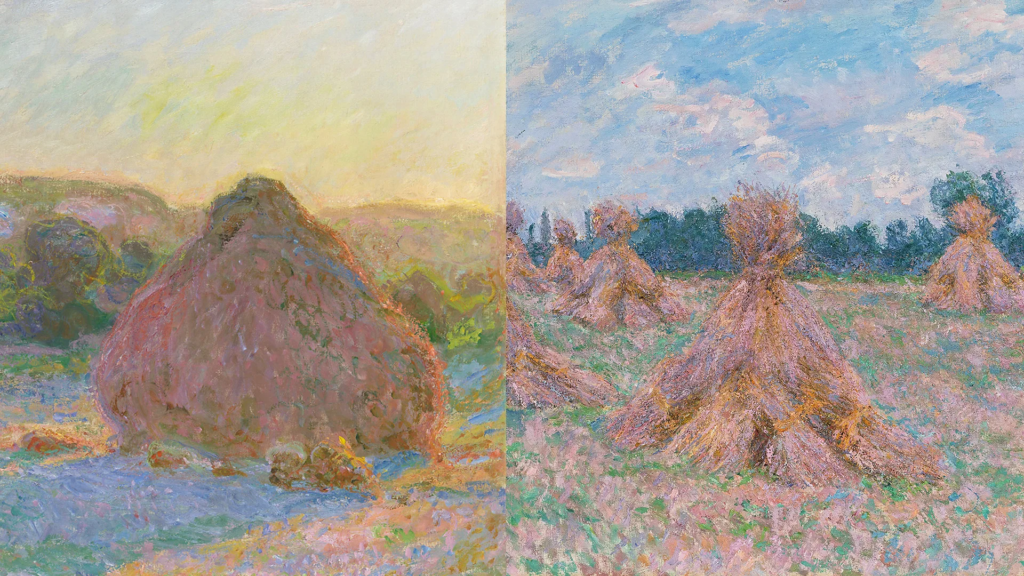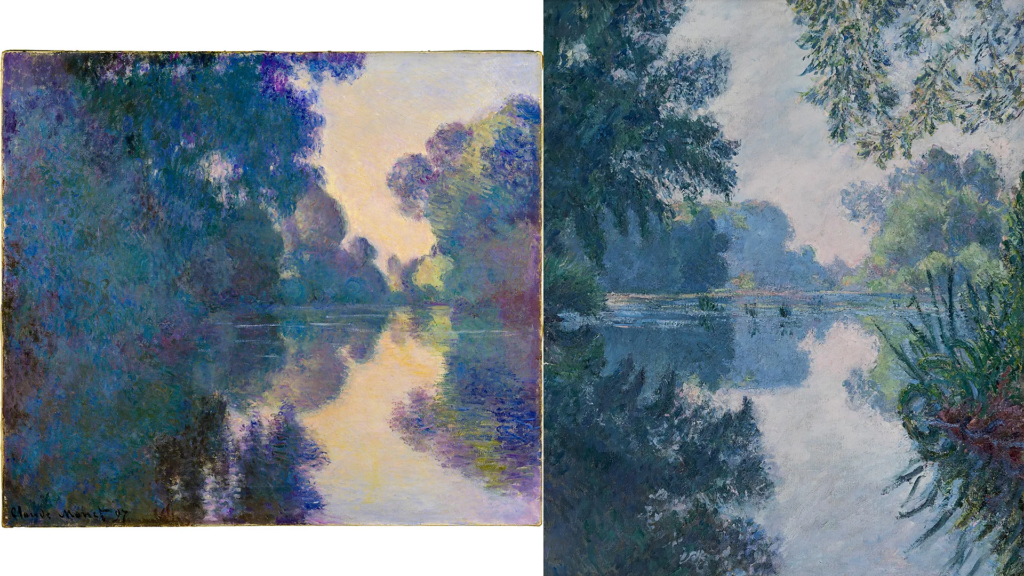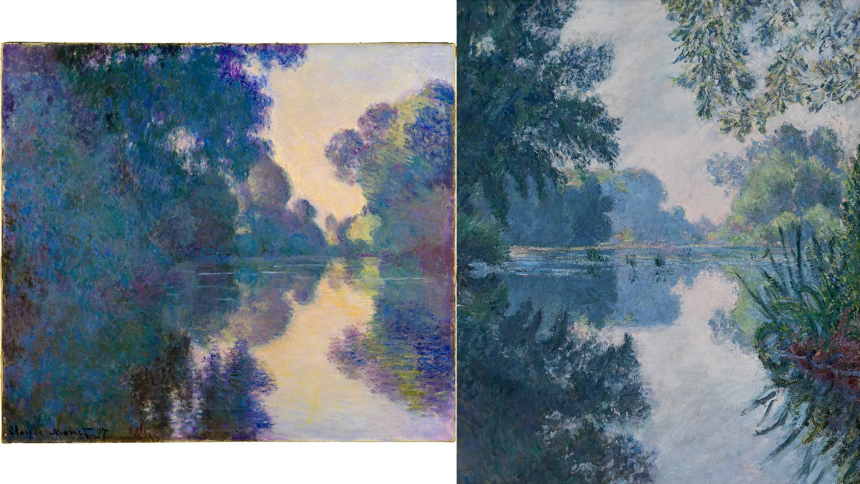A Rising Star in Monet’s Shadow
For years, the name Blanche Hoschedé-Monet remained an obscure footnote in art history. Known primarily as the stepdaughter and later daughter-in-law of Claude Monet, she quietly produced a body of work that is now being rediscovered for its brilliance and historical significance. A new exhibition, Blanche Hoschedé-Monet in the Light at The Sidney and Lois Eskenazi Museum of Art in Indiana, is shedding long-overdue light on this overlooked Impressionist painter.

Unveiling an Overlooked Talent
The exhibition is a milestone moment for Blanche, featuring over 40 of her works along with sketchbooks, letters, and photographs. These artifacts collectively reveal a skilled artist who not only painted alongside Monet but also developed a unique style that captured the atmosphere of Giverny with boldness and sincerity. Often working on the same scenes as Monet—such as haystacks, poplars, and the Seine—her interpretations were distinct, focused more on accurate representation than emotional interpretation.
Artistic Life and Legacy
Blanche Hoschedé-Monet was born in 1865 and first encountered Claude Monet at the age of 11. Her father, Ernest Hoschedé, was an influential art collector and one of Monet’s early patrons. Claude eventually married Blanche’s mother, Alice, and the families merged in the village of Giverny, forming a tight-knit, artistically inclined household.
She accompanied Monet on numerous plein air painting excursions, becoming his only child—biological or otherwise—to embrace painting with the same fervor. She was also his assistant, caretaker, and artistic confidante, especially during the final years of his life. Despite her proximity to greatness, her own career remained in the shadows.
Market and Institutional Recognition
Only recently has the art world begun to recognize Blanche’s contributions. Her works, which once fetched modest sums, are now setting stronger prices at auction. Julia Leveille, head of modern-day auctions at Sotheby’s New York, acknowledges a growing interest from collectors and institutions alike. “Her market is gaining momentum,” she notes, pointing to recent sales that signal rising appreciation.
However, Hoschedé-Monet’s paintings remain rare in public collections. France’s Musée Blanche Hoschedé-Monet, formerly Musée Municipal de Vernon, holds the largest cache. The prestigious Musée d’Orsay in Paris owns only two of her works—neither currently on display. In the U.S., the Columbus Museum of Art in Ohio is home to just one: The Weeping Willows on the Lily Pond at Giverny.
Personal Reflections and Artistic Touch
In autobiographical notes penned late in life, Blanche described her early impressions of Monet and his work. She was particularly captivated by Springtime, also known as The Reader (1872), praising the sunlight painted on the woman’s skirt. Philippe Piguet, a curator and art historian, remarks that Blanche’s style, while clearly rooted in the Impressionist tradition, bears a more emphatic touch—aiming to capture what she saw rather than what she felt.
A Rediscovery in Progress
The Indiana exhibition and accompanying English-language monograph mark a pivotal moment in the reevaluation of Blanche Hoschedé-Monet’s career. As scholars, collectors, and the public take a closer look, it becomes clear that her work deserves recognition not only as a reflection of Monet’s influence but as a meaningful contribution to the broader Impressionist movement.
Category: Art & Culture, Women in Art, History
Tags: Impressionism, Claude Monet, Blanche Hoschedé-Monet, female artists, forgotten painters, French art history, Giverny, Sotheby’s auctions, Musée d’Orsay, Indiana art exhibition










